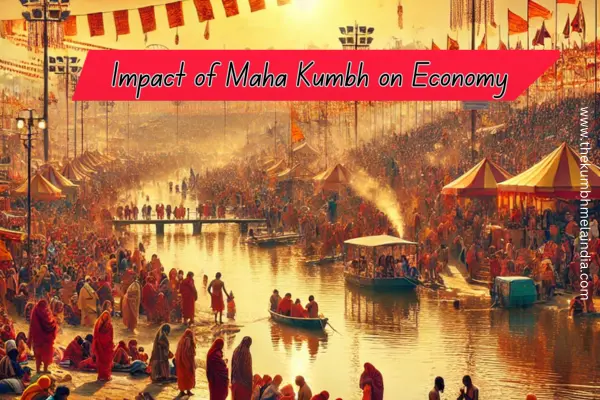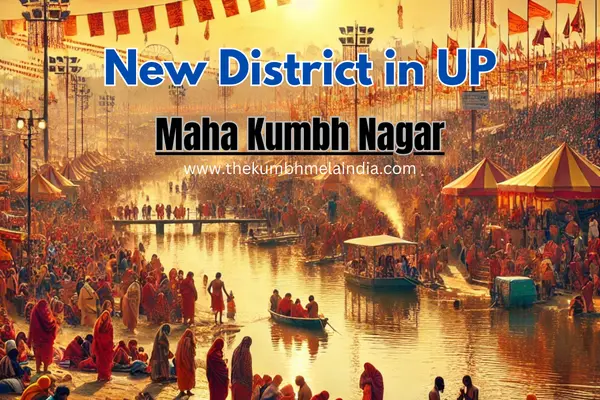The Maha Kumbh Impact on Economy is undeniable, as each Kumbh Mela festival boosts both the national and state economies significantly. Held every 12 years, the Maha Kumbh Mela attracts millions of pilgrims and tourists to its host city. In 2025, Prayagraj is expected to welcome between 400 to 450 million visitors, generating substantial economic activity. Events like the Maha Kumbh not only hold religious significance but also spur economic development, job creation, and tourism, benefiting local businesses and promoting overall economic growth in India.
Growth in Tourism and Employment Opportunities
During the Maha Kumbh, demand for Kumbh Mela accommodation surges as millions visit these pilgrimage sites. This increase benefits hotels, restaurants, transport services, and tour providers. Services such as Kumbh Mela tent booking also see high demand, offering visitors options for convenient and immersive stays near the festival site. The tourism industry experiences a significant rise in air travel, rail, and road transport bookings, creating a windfall in revenue across these sectors. Additionally, the Maha Kumbh creates numerous temporary and permanent jobs, including roles in security, construction, health services, and event management, reducing unemployment in the area.
Local communities also benefit as small businesses and artisans get an excellent opportunity to sell their products. Pilgrims purchase food, religious items, clothes, and souvenirs in high volumes, supporting local trade. This growth not only supports individual vendors but also uplifts the local economy by creating a market for regional handicrafts, art, and cuisine.
Infrastructure Development and Revenue Generation
Large events like Maha Kumbh 2025 lead to infrastructure improvements in and around the host cities. Roads, healthcare facilities, sanitation, power, and water supply systems are all upgraded, enhancing the quality of life for local residents and future tourists alike. These upgrades leave a lasting impact on the city’s infrastructure and development. Government revenue also sees a boost from increased tourism and fees such as parking, ticketing, and stall rentals, which fund both state and central government initiatives. The arrival of international tourists contributes foreign exchange, bolstering the national economy.
Moreover, the Maha Kumbh elevates India’s cultural and religious tourism on an international platform. This globally recognised event highlights India’s heritage, enhancing its appeal as a tourist destination and even attracting foreign investors. The Kumbh Mela tour package offerings and expanded accommodations create additional avenues for income, positioning the Maha Kumbh as not only a religious event but an economic asset for India.
Disclaimer: This information is based on general beliefs and available public data.
You may also interested
- When is the Next Kumbh Mela?
- Frequently Asked Questions about Maha Kumbh Mela 2025
- Kumbh Mela 2025 Bathing Dates (Shahi Snan / Non-Shahi Snan Dates)
- Accommodation in Kumbh Mela 2025
- Kumbh Mela Tour Packages Booking
- Kumbh Mela Photography Tour Package
- Guide Services in Kumbh Mela
- Car / Taxi Rental Services in Kumbh Mela
- When is the Next Maha Kumbh Mela After 144 Years?
- Why Kumbh Mela Is Celebrated After 12 Years?






